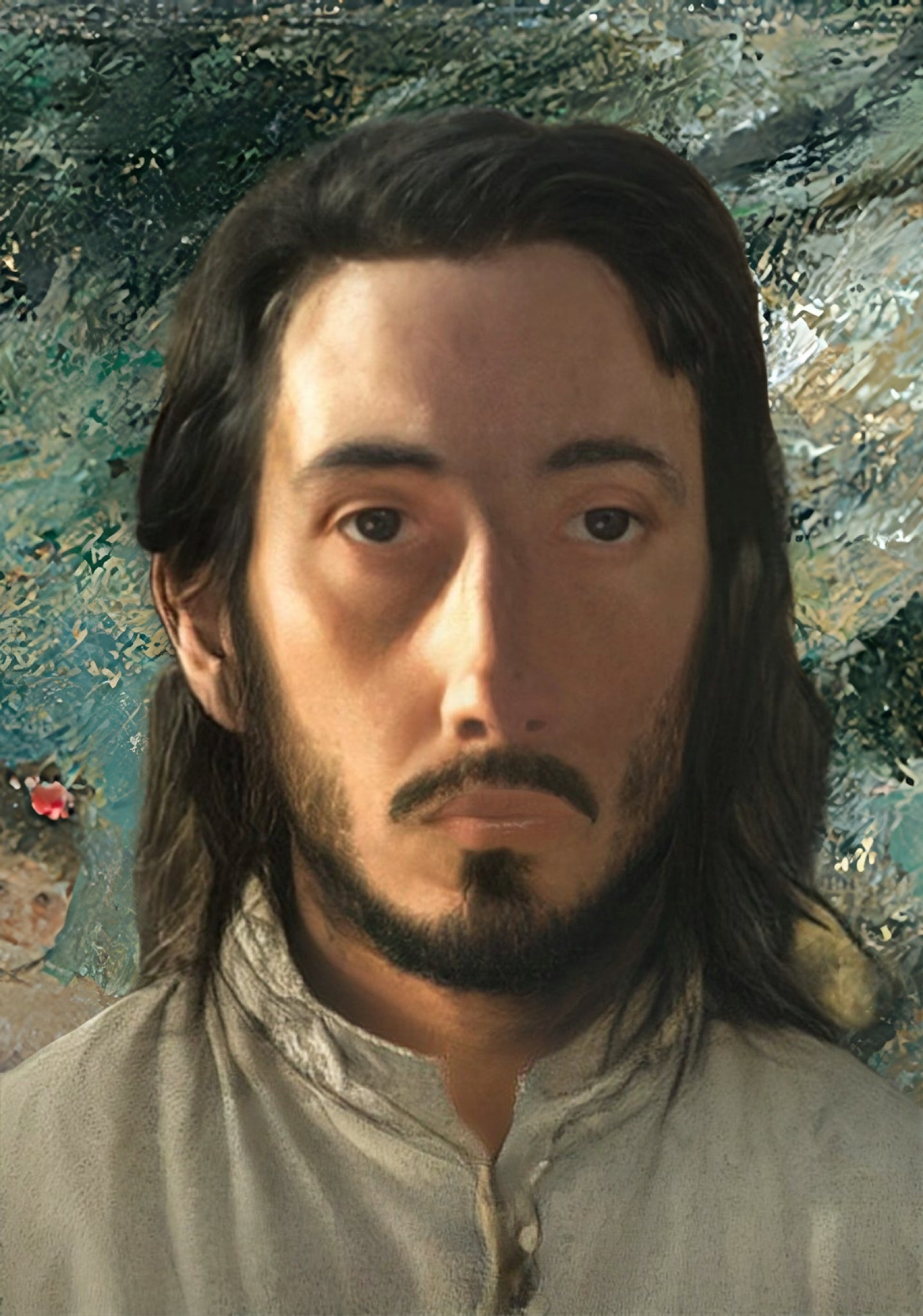
Edgar Degas

Edgar Degas, one of the most prominent artists of Impressionism, was born in Paris in 1834. Although he initially studied law, he soon dedicated himself entirely to painting, influenced by the Realist movement and artists like Ingres. Throughout his career, Degas developed a unique style that combined elements of realism with the light and color characteristic of Impressionism, although he preferred to be called a realist.
His most famous works include representations of ballerinas, which captured not only the grace of ballet but also the most intimate and everyday moments of rehearsals. Degas was innovative in his use of asymmetrical compositions and unusual viewpoints, often influenced by photography and Japanese art. This approach had a significant impact on his contemporaries and on later artistic movements, such as Modernism.
Among the artists closest to him were Édouard Manet and Mary Cassatt. Manet, a close friend and fellow impressionist, shared with Degas the exploration of modern life in their works. Cassatt, an American painter who settled in Paris, was influenced by Degas both in technique and subject matter, especially in her depictions of female life. Degas also stood out for his pastel technique, which he used to create soft and detailed textures in his portraits and ballet scenes. Despite his association with impressionism, Degas maintained a critical distance from the group, preferring to focus on drawing and structure.


